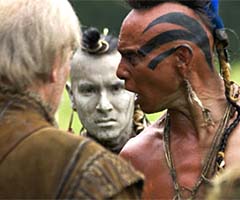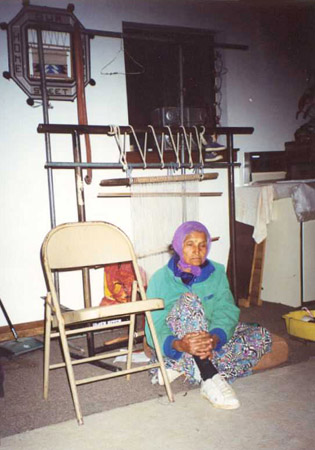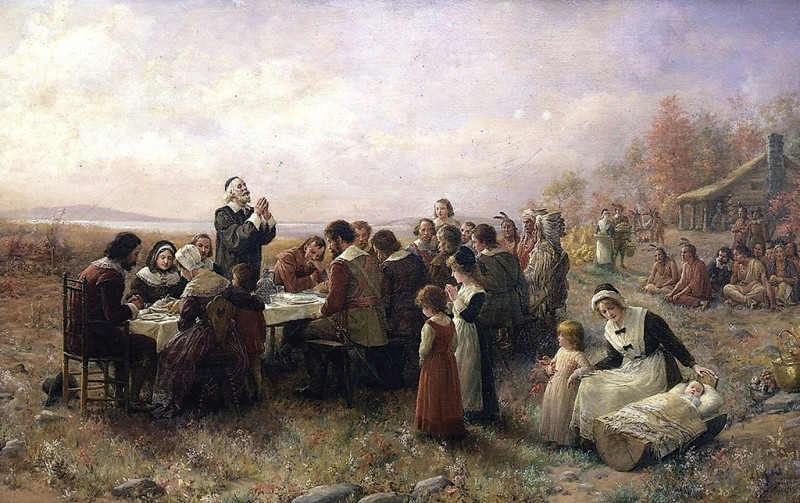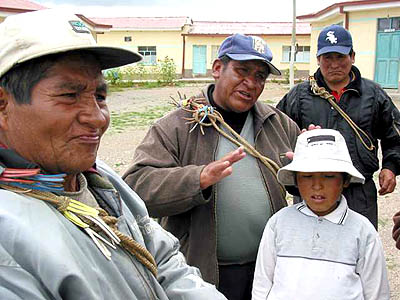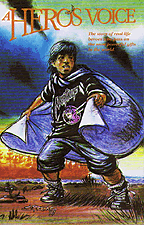People gather in the tribal college gym every other Tuesday for conversational Dakota language instruction.
“To do it in a nonclassroom, nonthreatening setting, just to get people talking,” said Cynthia Lindquist, president of Candeska Cikana or “Little Hoop” Tribal College.



